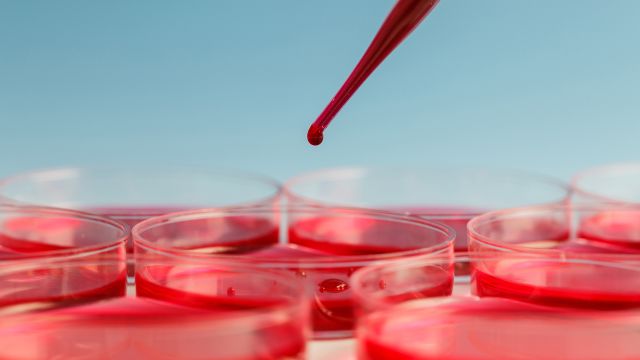Updated on March 1, 2021.
So, you've been diagnosed with anemia—or, you fear you might have it. How did you get here? What led to this point?
Simply speaking, anemia is a shortage of red blood cells, the tiny discs responsible for ferrying oxygen around your body. It's most frequently caused by blood loss, which leads to a lack of iron, necessary for the creation of those cells. The condition is a common one; it's estimated that more than 3 million Americans are anemic. And while most cases are not usually emergencies, around 146,000 people each year develop anemia severe enough to require hospitalization.
Anemia risk factors
There are many causes of anemia, and anyone can develop the disorder; it doesn't discriminate. However, some people are likelier to get it than others, depending on a number of factors.
Age
As you grow older, your odds of anemia increase. Those over 65 are particularly at risk. This is largely due to chronic illnesses and iron deficiency, which happen more often later in life.
On the other end of the spectrum, children under age 3 are also at a higher risk of anemia. Babies and toddlers often don't get the iron needed for their rapidly growing bodies. Cow's milk may play a role in this, as it can lack sufficient iron, block the absorption of iron from other sources, and even irritate stomach lining, causing blood to seep into bowel movements. Because of this and other risks, cow’s milk isn’t recommended until your baby is 1 year old.
Between puberty and menopause, women are more likely to have anemia, too. Menstruation, fibroids and pregnancy all contribute to the increased chances. Hispanic and African American women are about twice as susceptible as Caucasians.
Pregnancy
When you're carrying a child, new and different demands are placed on your body, which can lead to anemia. For one thing, you simply need more key nutrients—especially iron and folate—when you're making red blood cells for two people. Pregnant people frequently can't keep up.
Pregnant people can also have dilutional anemia. Their bodies produce more fluid, diluting red blood cells. Morning sickness and being pregnant with multiples may contribute to the disorder, as well.
Chronic illness
Some long-term diseases affect your body's ability to produce red blood cells, while others make it harder to take in nutrients through your small intestine, which can deplete iron. Some conditions that may cause anemia include:
- Cancer
- Thyroid disease
- Kidney disease
- Liver disease, including hepatitis B and C
- HIV and AIDS
- Diabetes
- Autoimmune diseases, like lupus and rheumatoid arthritis
- Crohn's disease and other intestinal disorders
Sometimes, it's the treatment for your chronic condition that can cause anemia. For example, chemotherapy attacks cancer cells, but may also harm your bone marrow and red blood cells in the process.
Diet
Sorry, vegans and vegetarians. No meat in your meals means you're at a higher risk of low iron. People who don't get enough folate or vitamin B-12 in their food have a greater risk of developing anemia, as well. You can avoid these traps with careful meal planning, fortified foods and supplements, if necessary.
Other anemia risk factors
Additional conditions, things or activities that raise your odds include:
- Injuries: Along with surgeries and common conditions like stomach ulcers, these can result in blood loss and rob you of iron.
- Alcoholism: People with alcohol problems tend to have vitamin deficiencies and an increased risk of internal bleeding.
- Intense exercise: Strenuous workouts can cause iron depletion and break down red blood cells.
- Medications: Taking certain drugs, including non-steroidal anti-inflammatories (NSAIDs) like ibuprofen, may cause bleeding.
- Heredity: Some anemias, like sickle cell anemia, are passed from generation to generation.
If you're showing symptoms or think you may have developed anemia, contact your healthcare provider (HCP), who can diagnose you and guide you on a path of treatment.






